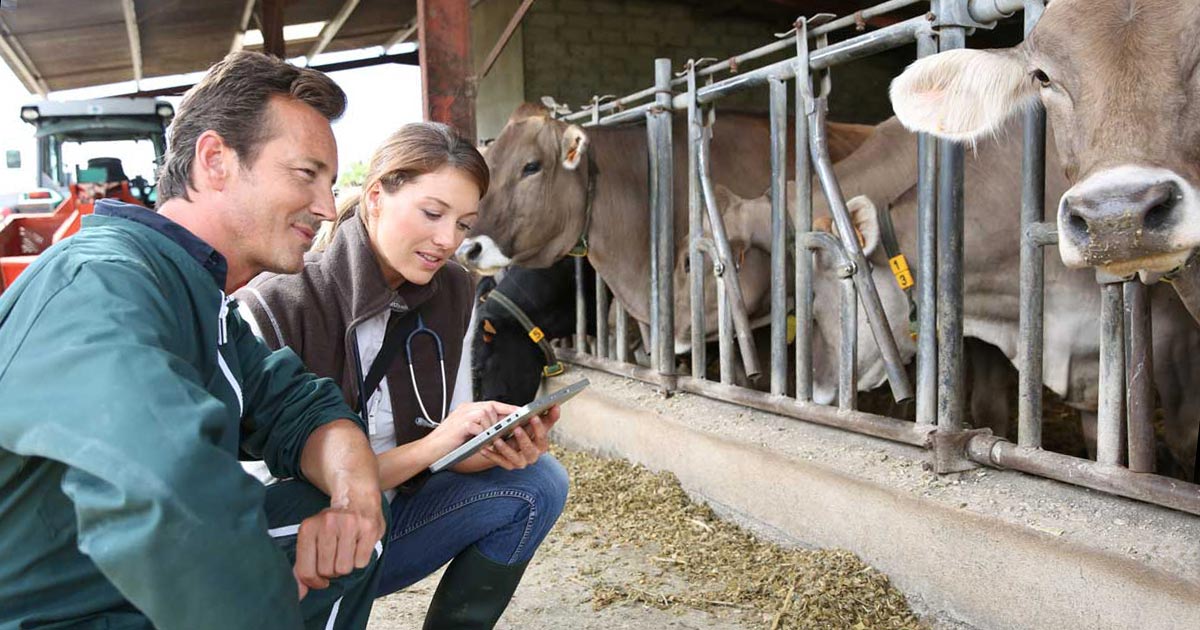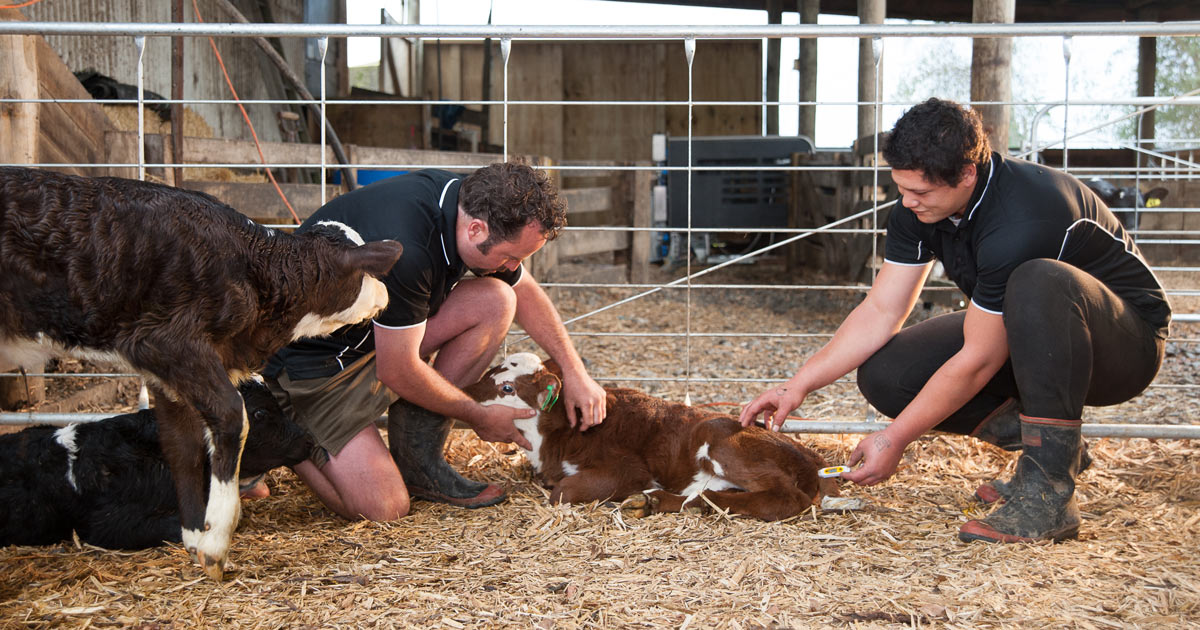Causes, Transmission, And Risk Factors Of Rift Valley Fever
Assisting With Animal Births
On small rural family farms in sub-Saharan Africa, it is a common practice to help with the birth of livestock. This practice of assisting with animal births may expose the individual to an infected fetus along with the sick mother. Although mature mothers usually survive exposure to the virus, it causes severe illness in young animals. Young sheep, for example, have mortality rates of ninety percent versus ten percent for adults. Fetuses appear to be even more susceptible, with an abortion rate approaching one hundred percent in infected ewes. Helping to dispose of an aborted fetus, may expose the worker through direct contact or through inhalation of aerosolized body fluids and blood. Gloves should be worn, as well as a mask and face shield, to prevent exposure to droplets carrying the virus.
Continue reading now to learn more about what increases the risk of contracting Rift Valley fever.
Veterinary Procedures

Veterinarians in regions of southern Africa and the Arabian peninsula are at increased risk of exposure to Rift Valley fever virus. Studies indicate close contact with domesticated livestock is the primary route of transmission to humans. In a wave of cases in South Africa in 2008, twenty-one percent of veterinarians had acute illness compared to nine percent of local farmers. The data showed direct contact such as animal autopsies significantly increased the risk of contracting the disease. Numerous veterinary procedures such as surgical intervention on an infected animal may spread the virus to vets and staff. Since Rift Valley fever can be transmitted by inhalation of infected droplets, biosafety measures should always include gloves, goggles, and face masks.
Get to know the occupations most at risk for developing Rift Valley fever now.
